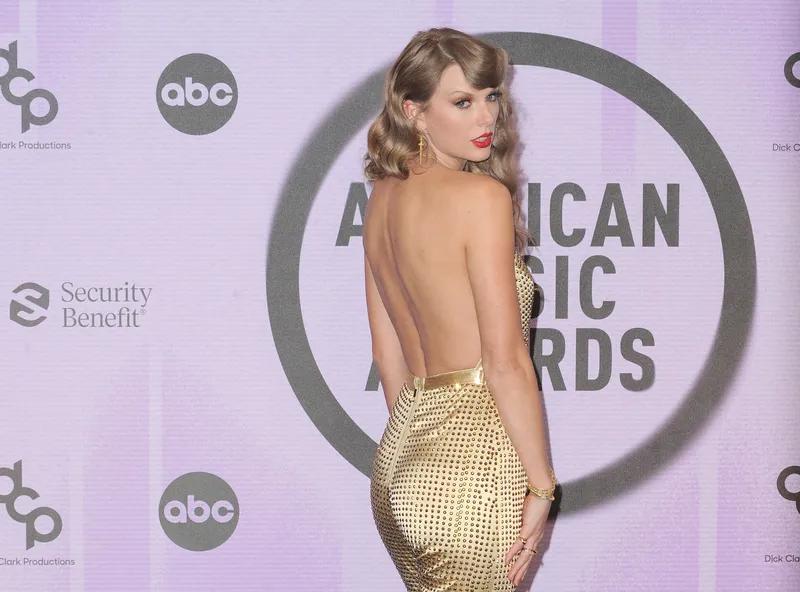
Taylor Swift’s global Eras Tour continues to cement her position as an unlikely bastion of public transportation.
In Los Angeles, where she begins a six-night residency at SoFi Stadium tonight, LA Metro has put on extra services and encouraged fans - known as 'Swifties' - to use train, bus and free shuttles to get to the concerts, rather than driving (although it does also point them to car parking spots at stations).
"We’re enchanted that Taylor Swift fans have given a big boost to public transit across the US this year — and we’re looking forward to spending our midnights with many of you very soon.
LA Metro says that trains will be running until around 2am and lays out instructions on how to access Tap cards, as well as detailing three specific sets of directions for people to follow, depending on where they are coming from - for example, fans coming from the Westside, Eastside, Central LA and points north should take the K Line to the Downtown Inglewood Station and ride the shuttle to SoFi.
The shuttles from the C Line and K Line to SoFi will run before the concerts from 3:30pm to 6:30pm and for 90 minutes after the concerts end.
With some pride, LA Metro also points out that the singer filmed part of her Delicate video on the city's transport system: 7th/Metro Station and the B/D Line subway.
Agencies elsewhere in the country have been getting into the swing of persuading Swifties to ditch their cars: for instance, Southeastern Pennsylvania Transport Authority (Septa) said it added extra services to allow riders to 'shake off' congestion.







